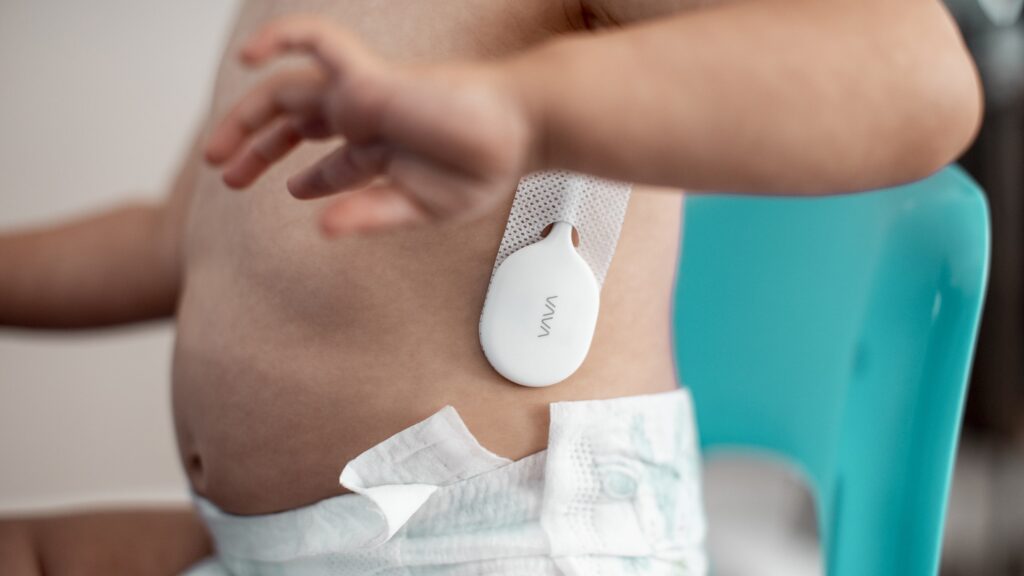When your child is sick, you don’t have time to worry about the quality or reliability of your baby thermometer. You want to know that results from taking his or her temperature are accurate, giving you an indication of what to do next. The best baby thermometer delivers fast, reliable results, but did you know that you could inadvertently compromise your child’s health with a thermometer? Failing to properly clean and maintain your thermometer could lead to inaccurate readings and the spread of germs.
The First Line of Defense
The first thing most parents do when their child feels warm, is incredibly fussy or just seems off is go for the thermometer. Fevers are generally among the first and most common symptoms of a variety of illnesses, making baby thermometers one of the first lines of defense against a more serious health crisis. Getting an accurate reading often means placing a thermometer directly onto the skin of the sick child, immediately transferring any bacteria or germs directly onto the device. Multiple people in a household who use a thermometer that has not been properly cleaned are now in danger of catching whatever illness is present.
The Different Devices Needing Maintenance
The most common household thermometers include both digital and infrared versions, and these have some differences between maintenance and cleaning requirements. These also vary on where the temperature is taken, changing the transmission possibilities for germs or bacteria.
Digital Thermometers
Digital thermometers are inexpensive versions that use an electric heat sense to register a person’s core body temperature through placement in the mouth, rectum or armpit. However, to avoid serious cross-contamination issues, separate thermometers need to be used across these regions. Thermometers should be cleaned and sanitized both before and after use to provide a safe way to assess your child’s temperature.
In order to clean the thermometer, take a cotton ball or sterile gauze pad and soak it with rubbing alcohol that contains at least 60% alcohol. The CDC recommends this concentration as being the most effective at killing germs. Use the pad of cotton ball and thoroughly cover the entire thermometer with the alcohol. Use a cotton swab dipped in alcohol to reach inside crevices. To be effective, the alcohol must be allowed to air-dry. Once complete, a quick rinse under cool water can remove residual traces, though avoid getting electronic components wet. Allow the device to thoroughly air-dry before storing it.

Infrared Thermometers
You should take extreme care to keep moisture, dust, smoke, debris or any other airborne particles from reaching your infrared thermometer. As with a digital device, the thermometer should be cleaned before and after use, even if it has not come into contact with the skin of an ill child. The conditions of the environment could contaminate the device.
Use a soft cloth or cotton swab dampened with 60% medical alcohol to thoroughly wipe down the thermometer. Start with the lens before moving over the rest of the body. Never submerge your device under water or use soap or chemicals to clean it. The lens and body must be allowed to thoroughly dry before being stored or used.
The Storage Requirements for Thermometers
The ensure longevity from the best child thermometer you purchase, storing it properly is key. Improper storage can lead to damage or broken elements that make it inoperable, while contact with chemical components or severe temperature fluctuations can interfere with reading accuracy. Store thermometers in their original, protective packaging in areas free from moisture, direct sunlight and extreme temperatures. Medicine cabinets or under a bathroom vanity or in a kitchen cupboard are safe storage options.
Properly caring for your baby thermometer will make sure it is ready to go when your child is ill. Accurate, rapid results depend on your maintenance routine while reducing the spread of germs depends on how well you clean the device.




Leave a comment